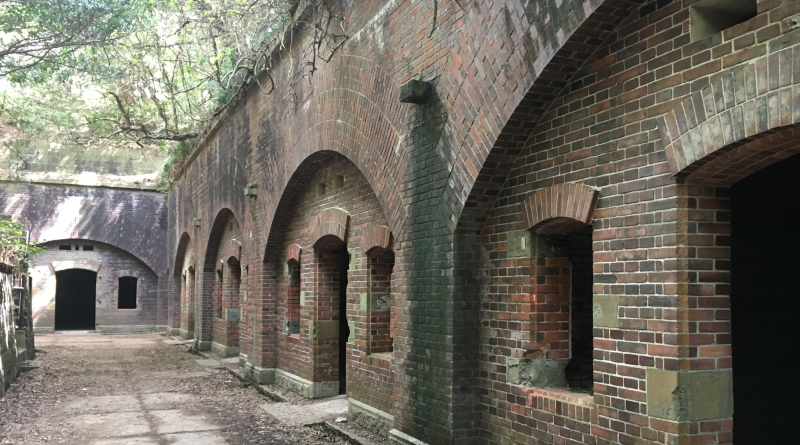
Tomogashima Island: Military Ruins and a “Castle in the Sky”?
On the Kitan Strait just north of Wakayama City is the small island cluster of Tomogashima. While you may think this is just a tiny island with nothing to offer, in fact, Tomogashima is quite popular. Despite being a great place for hiking, fishing, and camping, the park is most famous for the abandoned Meiji Period military structures present on the island. Many of the island’s artillery batteries are some of the only surviving examples of their kind.
Getting to Tomogashima
Tomogashima is a bit hard to access. From Namba, take the Nankai Main Line to Wakayama-shi Station. After that, change to the Nankai Kada Line and take it to the final station, Kada. It will take roughly an hour and thirty minutes to get to Kada from Namba.
After arriving in Kada, walk west towards Kada Port where you can board a ferry for Tomogashima.
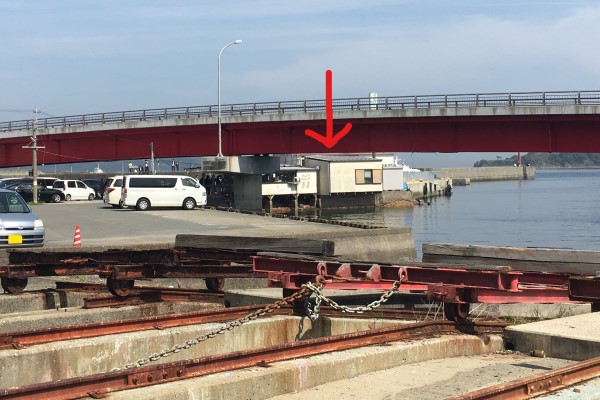
Make sure to check the boat schedule before you go and plan, since the schedule as it changes with the seasons. Particularly in the summer and during Golden Week, many people go to the island. At those times, wait times can easily take an hour or more, because the ferries often fill up.
Unfortunately, you cannot book tickets in advance, so all you can do is come to the port as early as possible.
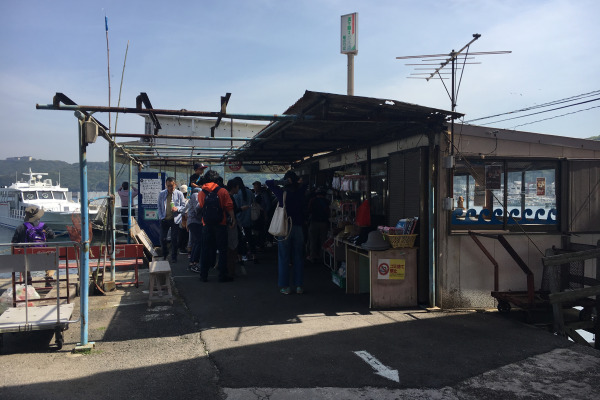
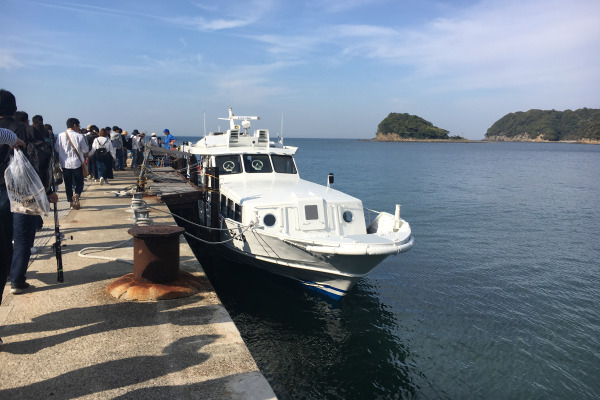
Tomogashima Island
While overall not very large, the island is fairly wide. Most of the biggest attractions are on the west side of the island and it should only a few hours to see everything. On the other hand, if you wish to see the entire island it will very likely take an entire day
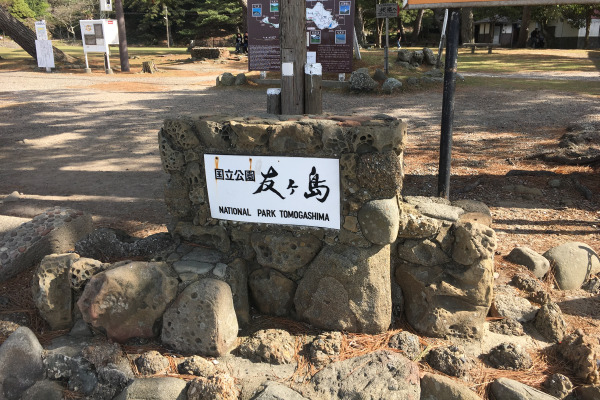
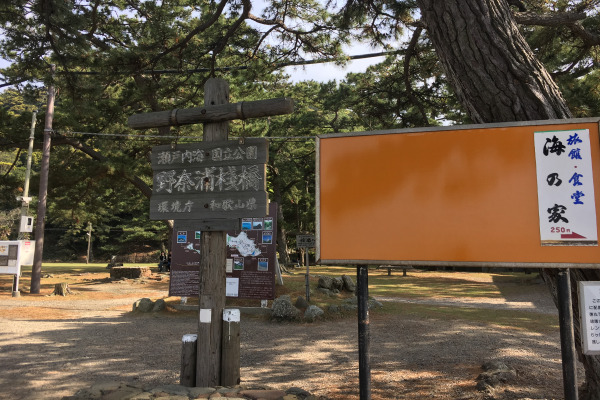

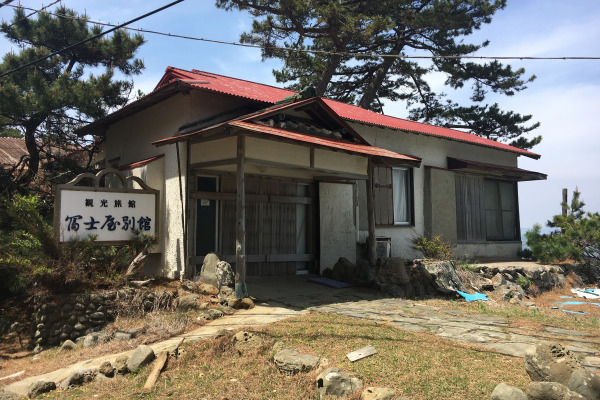
Military Ruins
When a ship, from a fishing boat to a large cruise ship, comes to Osaka Bay, it has to go through the Kii Channel, and then the Kitan Strait. This strait is the entrance of Osaka Bay. When Japan ended its period of isolation at the beginning of the Meiji Period the Japanese government remained leery of the Western countries flocking to its shores.
Fearing those countries might try to invade Japan, the government built a series of forts throughout the country. Because Tomogashima is located at the entrance of Osaka Bay and because the Kitan Strait is narrow enough to accurately pinpoint and attack foreign ships, the Japanese government built a large fort on Tomogashima in 1890. The fort stayed in use until the end of WWII and the military prohibited the public from entering the island.
After WWII, the weapons were removed from the island and became a part of the national park. However, some of the military facilities, including the fort, were not completely dismantled.

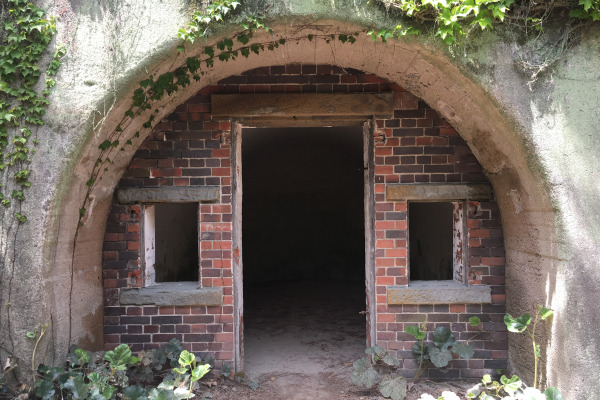
Battery#2 is one of the largest remaining structures but is largely off-limits due to the heavy damage it received at the end of WWII.
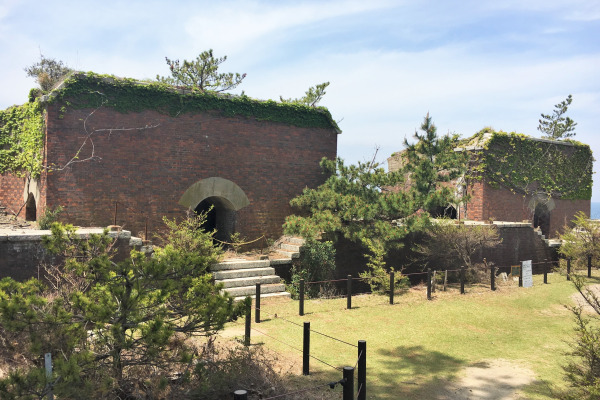
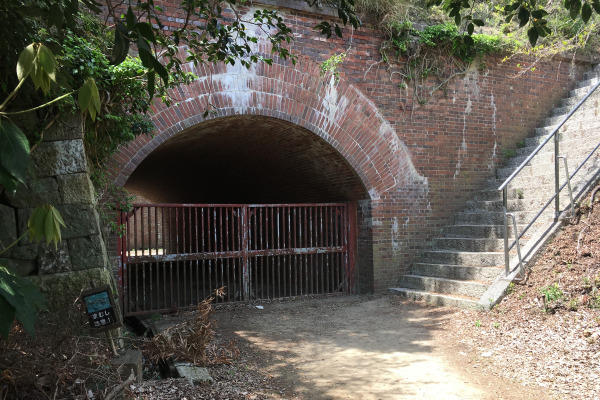
Around Battery#2 is the Tomogashima Light House, built by Henry Richard Branton, the father of the lighthouses in Japan. Surprisingly, the lighthouse is still in use.
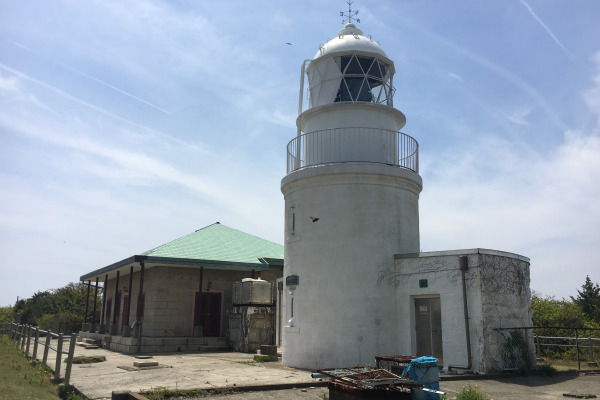
Kosukematsu Beach, to Batter #3
If you go further, there are the beautiful shores of Tomogashima. While it is predominately rocky and not suitable for swimming, this inlet is an ideal place to find many different kinds of shells, fish, and crabs!
Also, you can see several interesting geographies here. In fact, Japan Median Tectonic Line runs right under Tomogashima.
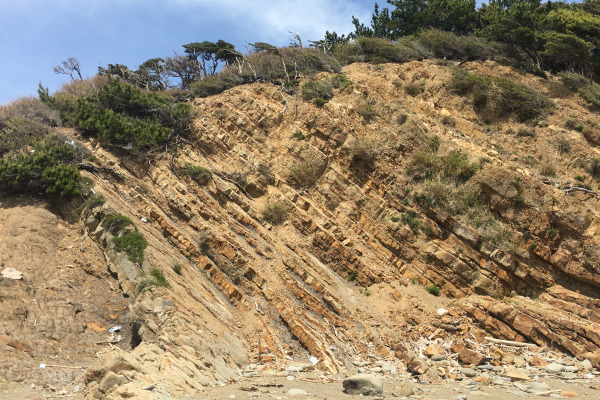
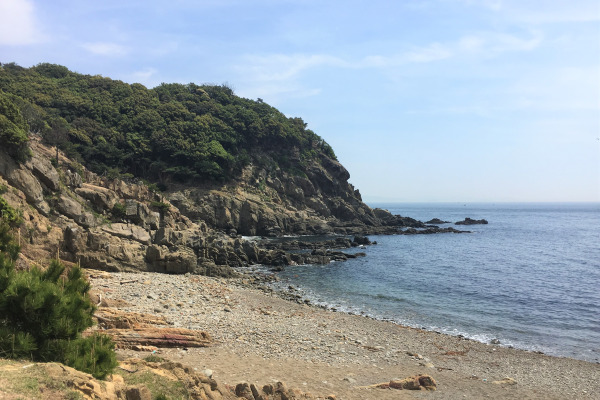
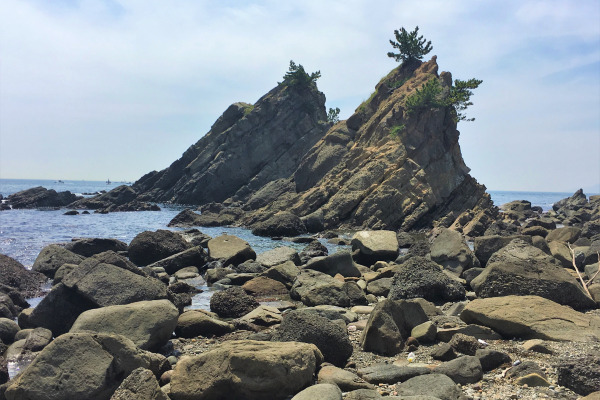
To Battery #3, a long slope continues to go up! The view from the observation point is really beautiful.
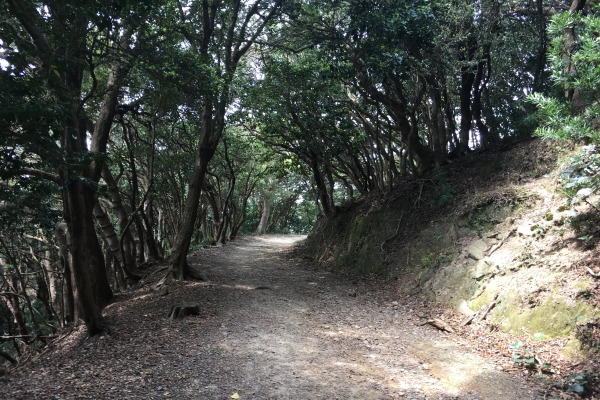
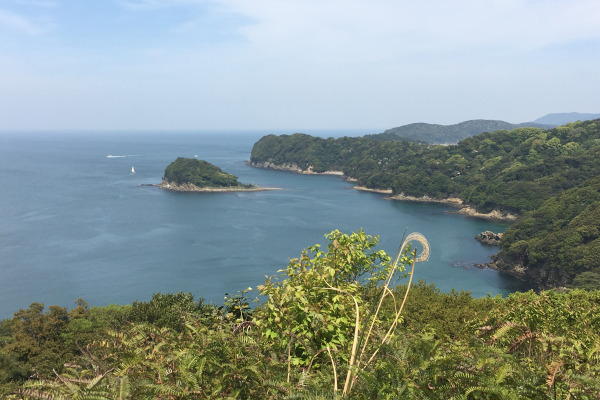
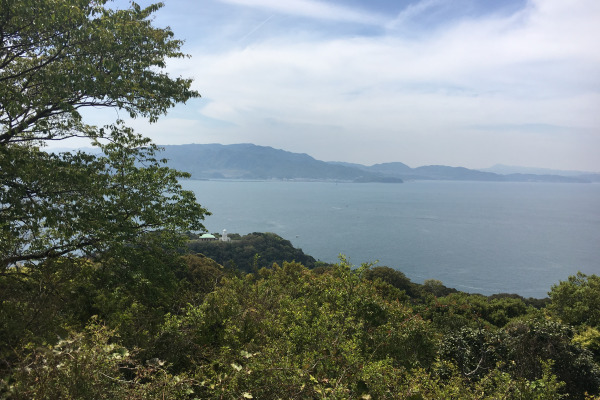
Battery #3
Among the ruins is Battery#3, located on the highest spot on the top of the island. It is the largest and most intact battery on Tomogashima Island, as well as the most iconic spot in Tomogashima.


Battery#3 stored a large number of the island’s cannons. These cannons were stored in a series of underground storage rooms. You can enter this storage room, but you will need to take flashlight. Also, be aware that anything could be down there.
The island is home to a great number of animals and cold dark tunnels are great places to rest. Specifically, we found a nest of giant crab spiders, the largest kind of spiders in Japan. One was easily the width of my palm!
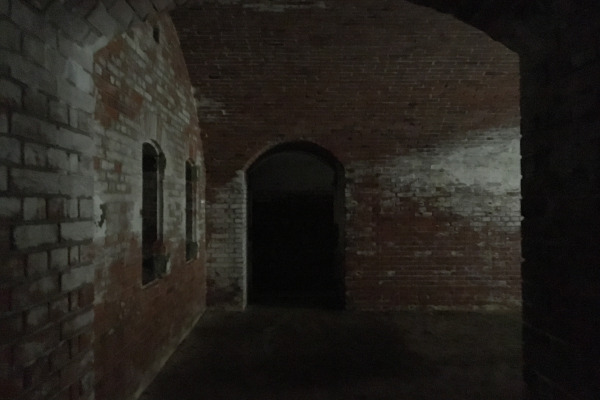
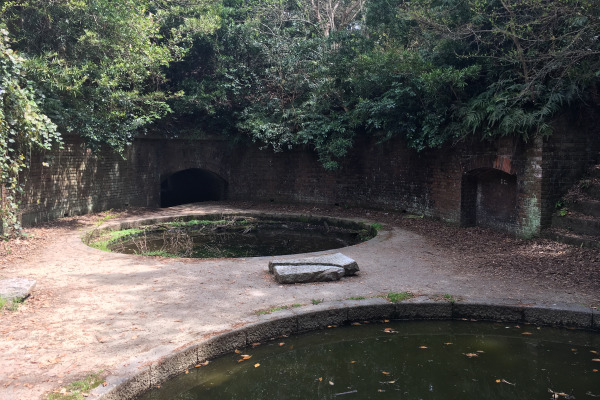
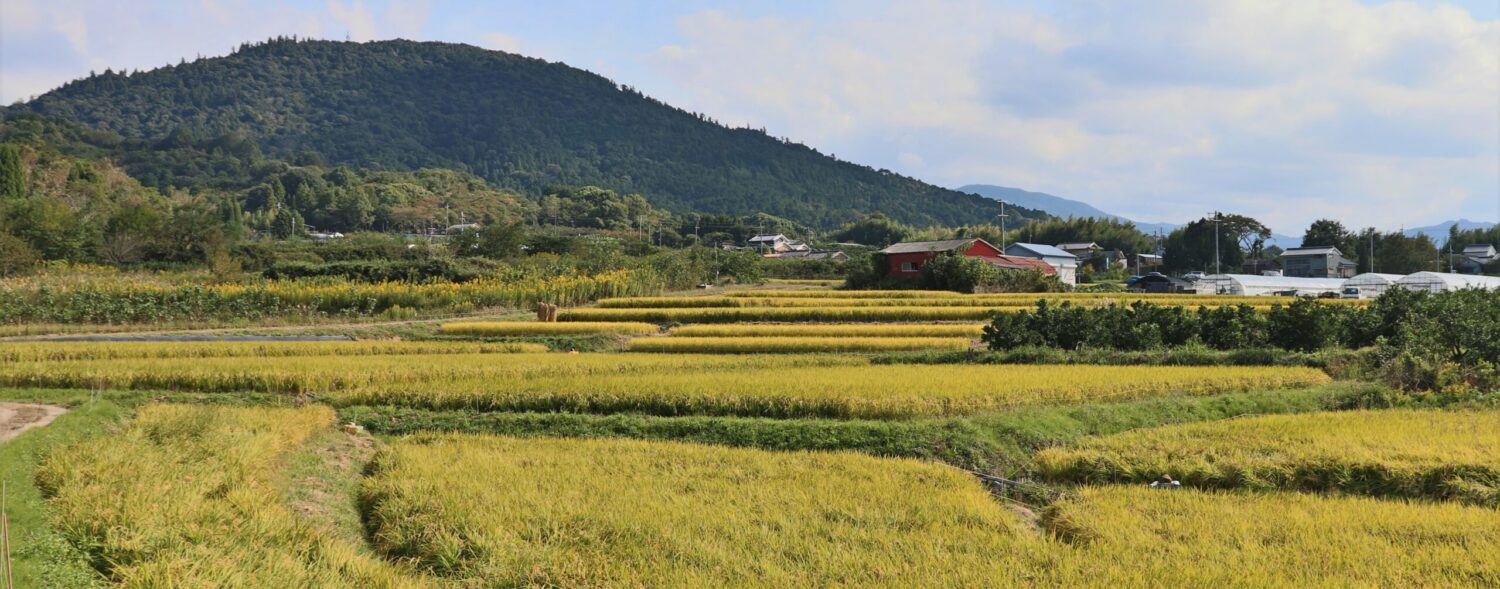
Leave a Reply